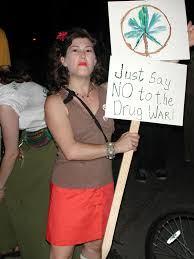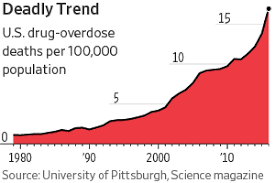 Drugs now kill around 70,000 Americans annually. More than AIDS at the height of the epidemic; more than the entire Vietnam war. Most are opioid deaths.
Drugs now kill around 70,000 Americans annually. More than AIDS at the height of the epidemic; more than the entire Vietnam war. Most are opioid deaths.
More specifically, most are overdose deaths. They can be largely prevented by making safe doses available. Not doing so is insane public health policy.
Blame is heaped on pharmaceutical companies.
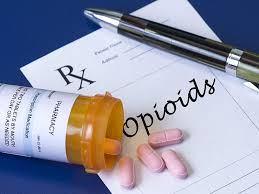
The “war on drugs” logic is that we’d be better off if nobody abused drugs. True enough; yet the main harm, overdose deaths, is not prevented by, but actually caused by, drugs’ illegality. This is a holdover from the misguided mentality that gave us alcohol prohibition. In that case we soon realized the harm from prohibition was worse than what it aimed to stop, which, in fact, it didn’t stop anyway. People still drank, while the alcohol supply got worse and more dangerous, and criminality exploded.
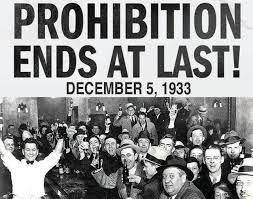
As with alcohol prohibition, there’s also a moralistic element in drug prohibition. I prefer the libertarian principle of barring only behavior that harms others. But if you want to talk morality, most drug users are more victims than villains. The real immorality is society letting them die from overdoses.
The drastic policy reversal suggested here is not utopian. Several other countries, notably Portugal and Switzerland, follow such a harm-reduction plan, enabling users to get their fixes safely under government supervision, avoiding overdose deaths.
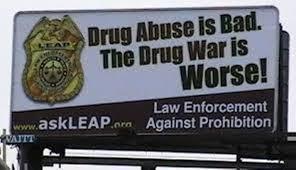
But any American locality wanting to provide a safe injection facility like that would be violating federal law.
However, there are other ways to reduce harm. A recent article in The Economist says the “gold standard” for combating opioid addiction is medication-assisted treatment. The major medicine is buprenorphine, which reduces drug cravings. But the government restricts doctors from prescribing it even more stringently than it restricts opioid prescriptions!
Buprenorphine is not even commonly used in U.S. hospitals to treat addicts who come in due to a crisis. Mostly they’re sent on their way with no treatment at all.
